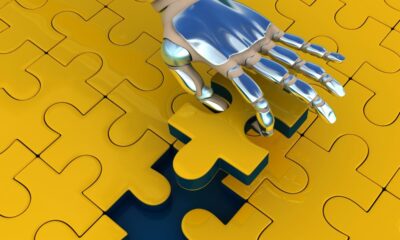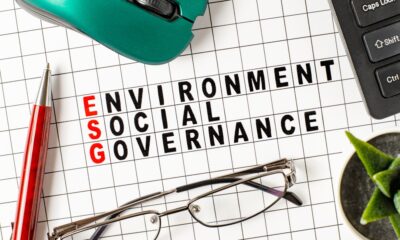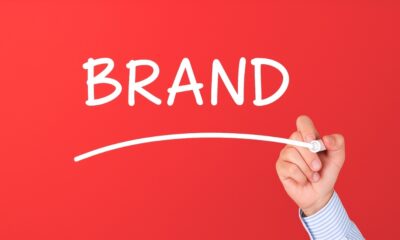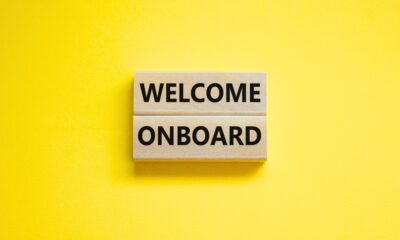Today’s workplaces resemble intergenerational laboratories. Teams often include representatives of up to four generations: baby boomers, Generation X, millennials, and Gen Z. This diversity is a tremendous asset—but also a challenge. Each generation brings different priorities, expectations, and communication styles. For some, stability and loyalty matter most; for others, it’s flexibility and rapid growth. So how can companies manage this diversity to turn it into a driving force instead of a source of tension?.
Go beyond stereotypes – listen and understand
The first step is to move away from stereotypes. Not every Gen Zer is glued to their phone, just as not every baby boomer avoids new technologies. Rather than simplifying, it’s better to have real conversations and actively listen. Generational differences aren’t a problem—they’re an opportunity to complement each other’s skills and perspectives.
Key differences companies are navigating
🔹 Communication styles
Gen Z prefers brief, concise messages (ideally on Slack or Teams), while older generations may feel more comfortable with formal emails or face-to-face meetings. The key is adapting communication channels and styles to the needs of the entire team.
🔹 Sense of purpose and motivation
Millennials and Gen Z want work that feels meaningful and impactful. They want to know why something matters. Older generations may place more value on job security and recognition. A strong workplace ecosystem can combine these needs effectively.
🔹 Technology and working styles
Gen Z embraces new tools effortlessly. Generation X may approach new tech with more caution. Instead of letting this divide the team, companies should create space for mutual learning and cross-generational mentoring.
How companies can harness generational potential
✅ Reverse mentoring
Younger employees teach older colleagues about technology, while older team members share experience and business insight. This boosts skills and mutual respect.
✅ Diverse project teams
Bringing together people with different experiences, mindsets, and energy levels leads to more balanced and innovative decisions.
✅ Flexible work models
Some prefer remote work, others value in-person interaction. A well-managed company can balance these needs and offer choice.
✅ A culture of dialogue
Regardless of age, everyone wants to be heard. Fostering a space for open perspective-sharing strengthens intergenerational empathy.
Generational diversity isn’t going away—it’s growing. And the companies that learn to manage it consciously will be more resilient, creative, and future-ready. It’s not age that defines an employee’s value—it’s whether the company knows how to recognize and unlock it.












